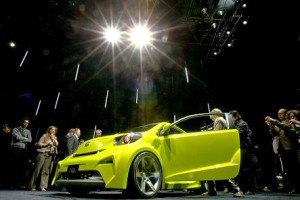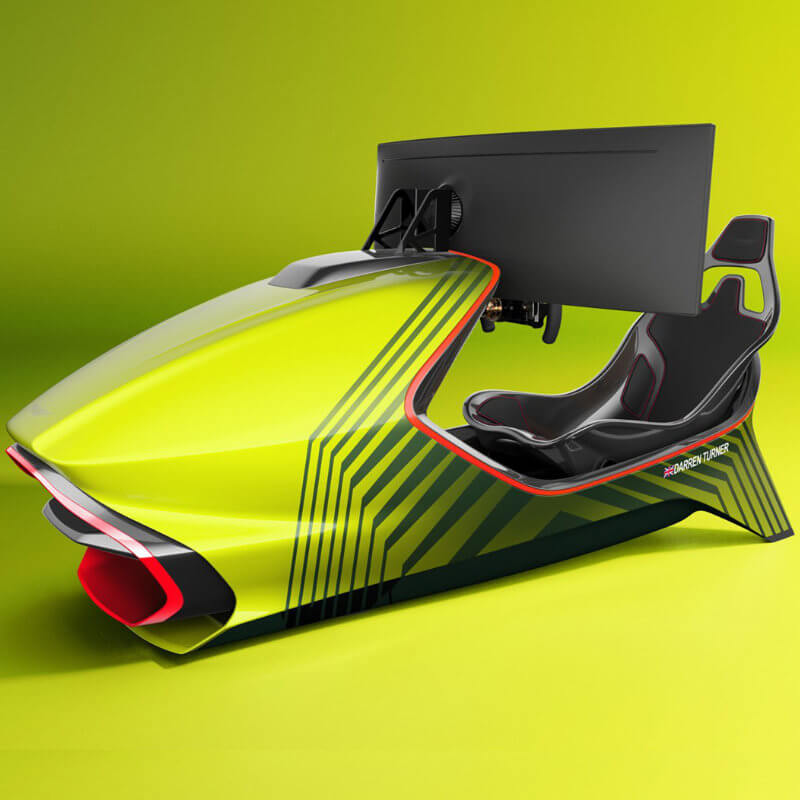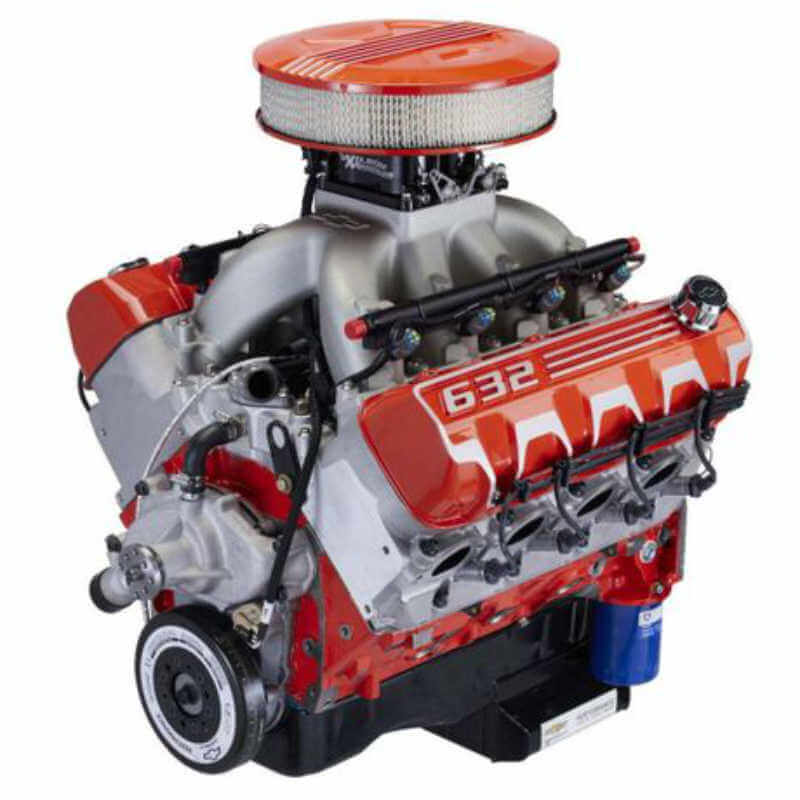At Auto Shows, a New Sobriety Reigns
As the New York International Auto Show opens this week in Manhattan, car makers face a tough task: How to generate enthusiasm about their vehicles at a time when the industry is consumed with talk about bailouts and bankruptcy, and the makers’ budgets are strained.
General Motors Corp. is still showing a full complement of models but has cut its budget for the show in half. (It declines to disclose the figure.) At its booth, the company is forgoing the thick, raised glass flooring it usually uses for its Cadillac display and instead has parked the cars on cheaper aluminum frames.
Honda Motor Co. is using graphic panels made of fabric in place of most of the high-tech LED screens it used in the past as backdrops. It also installed cheaper lighting and carpet. Honda’s approach this time “is to let the vehicle technology speak for itself,” said Charles Schnieber, manager of auto shows and exhibits for Honda’s U.S. unit.
And Chrysler LLC has eliminated its popular test track in the basement of the Jacob K. Javits Convention Center, for which it once trucked in tons of dirt, rocks and logs and where attendees could go for a short spin in a Jeep. Ford Motor Co.’s Volvo, however, will have a test track for visitors to try a laser technology that scans the road for obstacles and brakes the car automatically.
Automotive marketers depend heavily on car shows to generate excitement for their models and bring buyers into showrooms. About half of auto-show attendees buy a vehicle in the next year, industry insiders estimate.
But the New York show, which held its media preview Wednesday and opens to the public Friday, is shaping up as a more restrained affair than in recent years as car makers scale back.
Several auto makers, GM and Chrysler among them, decided against holding dinners where they typically wine and dine reporters, analysts and industry insiders. Companies also are sending fewer executives to mingle during the show.
The New York car show isn’t the only one operating under a cloud. In January, Nissan Motor Co. didn’t participate in the big Detroit show, which took place just after GM and Chrysler were saved from bankruptcy by federal bailouts. Many exhibitors toned down their displays and skipped the glitz they typically deploy.
This fall, the Frankfurt show is expected to be more subdued as well, with Nissan and Honda declining to attend. Later in the fall, the Japan Auto Manufacturers Association will put on a scaled-down Tokyo show because a number of makers won’t be there, including the Detroit Three.
One exception: the Shanghai show later this month. Thanks to continuing growth in the Chinese auto market, most car makers will be there.
In New York, 35 new models are expected to debut, only a handful fewer than last year, show organizers said. It typically takes three or more years for a new car to hit the market, so these models were designed in flusher times.
On Wednesday, Chrysler unveiled a redesigned Jeep Grand Cherokee sport-utility vehicle, GM showed the GMC Terrain “crossover,” and BMW AG presented the X6M, a souped up version the X6, a cross between an SUV and a sports car.
Before unveiling the Jeep, Chrysler Vice Chairman Jim Press rolled onto the stage in a Fiat 500, a minicar made by Chrysler’s intended alliance partner, Fiat SpA. The U.S. government has given Chrysler until May 1 to sign a binding agreement with Fiat. “We don’t see any reason why it’s not going to happen,” Mr. Press said in an interview.
Among concept cars to be shown are Ford’s Transit Connect, a boxy delivery van refitted to carry kids and strollers, and the IQ from Toyota Motor Corp.’s Scion division.
GM will show the PUMA — for “personal urban mobility and accessibility” — a two-wheeled electric vehicle developed with Segway Inc., maker of a stand-and-ride scooter.
This year’s show expects to fill the same amount of floor space as last year, roughly 843,000 square feet, said Mark Schienberg, president of the Greater New York Automobile Dealers Association, which puts on the show. From display to display, the emphasis will be on safety, technology, value and fuel economy, he added.
The changed tone reflects a realization that costly stunts — Chrysler once created a fake blizzard to introduce an SUV — prompted far more media hype and one-upmanship than sales. Moreover, they worry that any hint of excess could risk turning off consumers by seeming out of sync with the times.
In the past, “manufacturers decided to use these shows for real grandstanding,” said Geoff Day, a spokesman for Daimler AG’s Mercedes Benz-USA. “It probably wasn’t the best investment.”
These days, the emphasis is on getting show-goers to sit in vehicless, said Timothy Peters, GM’s assistant director of global auto shows. “It’s absolutely one of the best ways to convince people to buy your product,” he said.
Sourced via wsj.com







